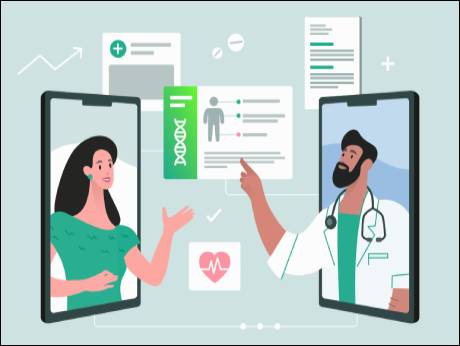
December 6, 2021: Research from Kaspersky reveals that 91% of medical organizations have already implemented telehealth capabilities, with 44% starting to use them after the pandemic. At the same time, 52% of respondents have experienced cases where patients refused telehealth services due to security concerns.
The global events in healthcare in 2019-2020 have changed people’s perception of the industry. Medical organizations have adapted to the new conditions, and today, 56% of healthcare institutions are planning to increase their investment in telehealth and virtual care solutions. Kaspersky surveyed healthcare decision-makers to learn how the digital transformation of the industry is going and which problems they believe should be solved to create a world in which everyone can gain access to affordable, fast, and quality care.
According to the research, 71% of global respondents believe telehealth services will add the most value to the healthcare sector within the next five years. Professionals note that remote medicine is practical and attractive in many ways, with advantages such as immediate reach, less disease transmission between patients and staff, and the ability to help more people in a smaller time frame.
This positive approach resonates with real medical practice. Almost half of organizations (42%) agree, most of their patients are more interested in remote than in-person sessions because of their convenience. Other attractive telemedicine features for customers are that modern technologies save time, effort and money and provide the opportunity to consult with a more experienced specialist.
These benefits have led to telehealth services becoming more in demand by patients of all age groups. Contrary to stereotypes that older people are less inclined to trust modern technologies, just 51% of providers agree that the majority of their organization’s patients using remote formats are under the age of 50.
The most common service provided by organizations is synchronous telehealth (51%), such as real-time communication with patients, including video call or chat. The second most popular service is remote patient monitoring via wearable devices (41%), followed by asynchronous telehealth (39%) technology. This method collects and stores patients’ data in a secure cloud-based platform for further use by a treating professional.
Yet 74% of respondents experienced cases where patients have refused a video call with medical staff, with 52% reporting that people declined telehealth services due to privacy or data concerns. Other reasons cited included a general lack of trust towards telehealth (33%), unwillingness to appear on video (32%) and the absence of correct equipment (30%).
It is not only patients who are worried about their privacy: 81% of healthcare providers state that clinicians in their organization have voiced concerns about patients’ data protection when conducting remote sessions, and only 36% of respondents are very confident that their organization has the necessary security measures.
The research confirms that the security of telehealth is an issue for both providers and consumers. Since the privacy of sensitive patient’s data should be the first priority for any organization, Kaspersky’s experts share the following recommendations to help healthcare institutions establish a high level of cybersecurity readiness:
The full report and details regarding the current state of the telehealth industry are available here